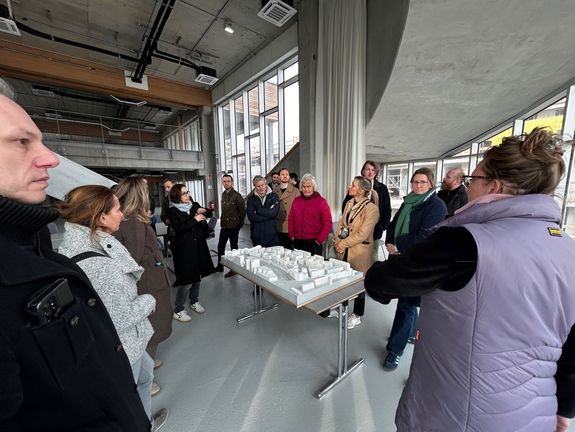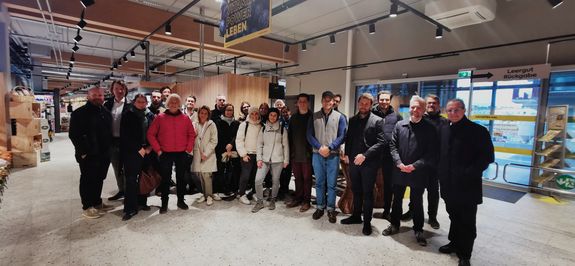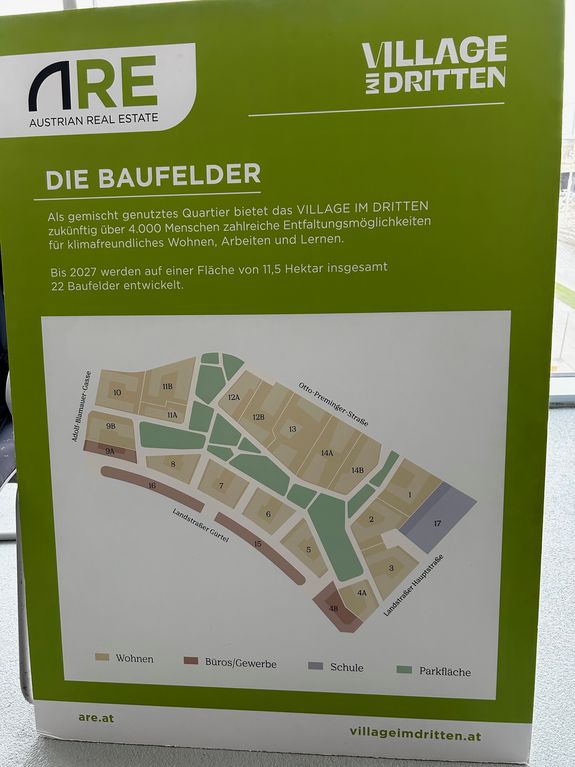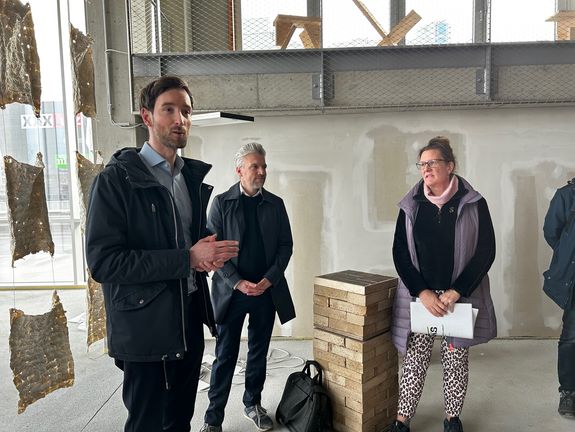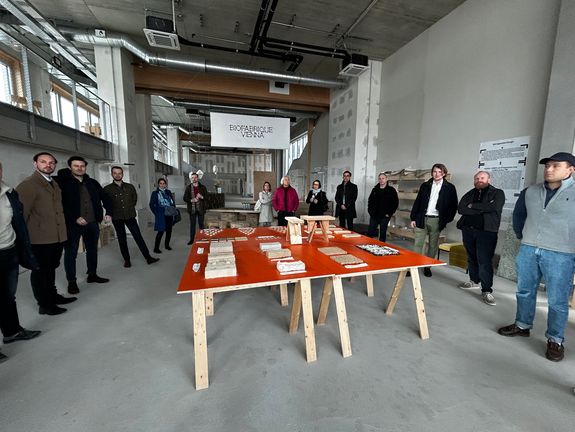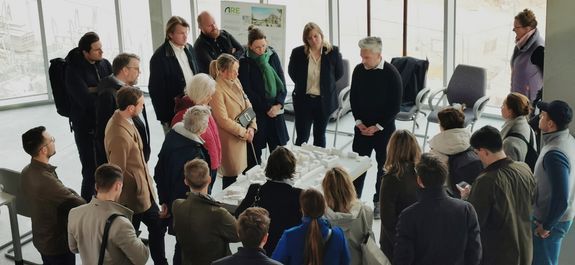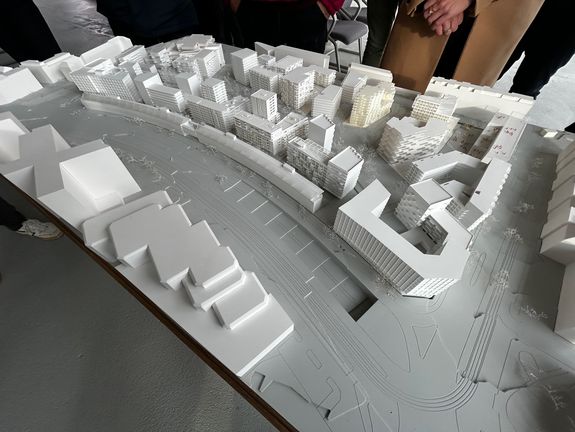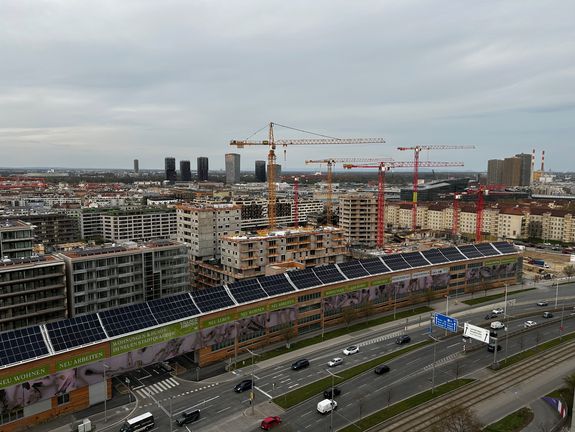For a long time, the site was a “blind spot” in the urban fabric. As early as the early 19th century, the TU Vienna flirted with the idea of building the Faculty of Mechanical Engineering here. Some cornerstones of projects that were never realized were even buried. What remained were some laboratory facilities, which have since been relocated to the Arsenal.
In 2000, the architect Norman Foster developed a master plan for the Aspanggründe, which was never implemented. After more than a year of planning, the urban master plan by Superblock Architekten was finally realized step by step. In 2020, the necessary rezoning was approved by the Vienna City Council - allowing building heights of up to ten storeys.
Subsequently, 22 building plots with a gross floor area of around 250,000 m² were designated, of which around three quarters are intended for residential use. The site is characterized by a remarkable terracing and all building plots are in direct contact with the open space. It is currently without doubt the largest construction project within the Gürtel.
The majority of the building plots are being realized by ARE itself. The efforts in the area of energy supply are also remarkable: An output of around 400 kW is to be provided via approximately 500 geothermal probes at a depth of around 150 meters. Great importance is also attached to the choice of materials during project implementation.
